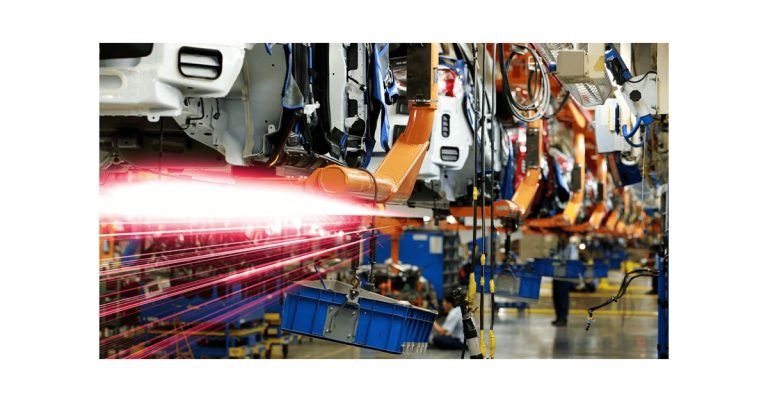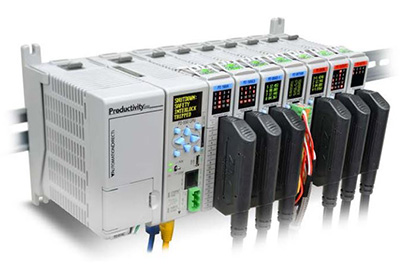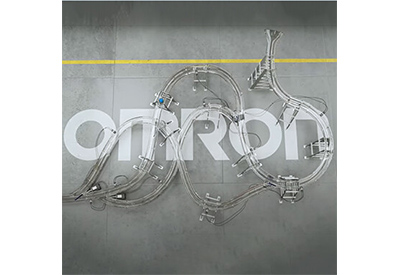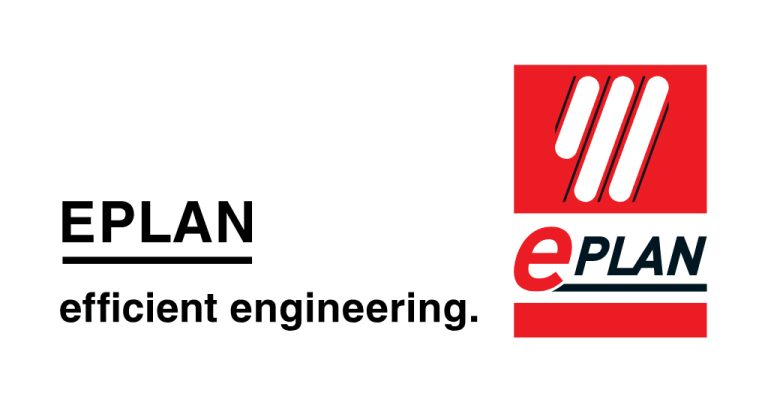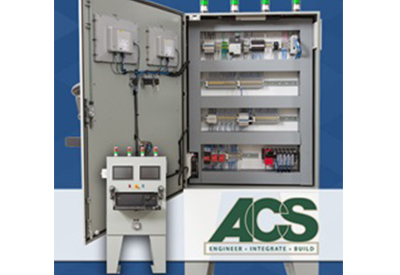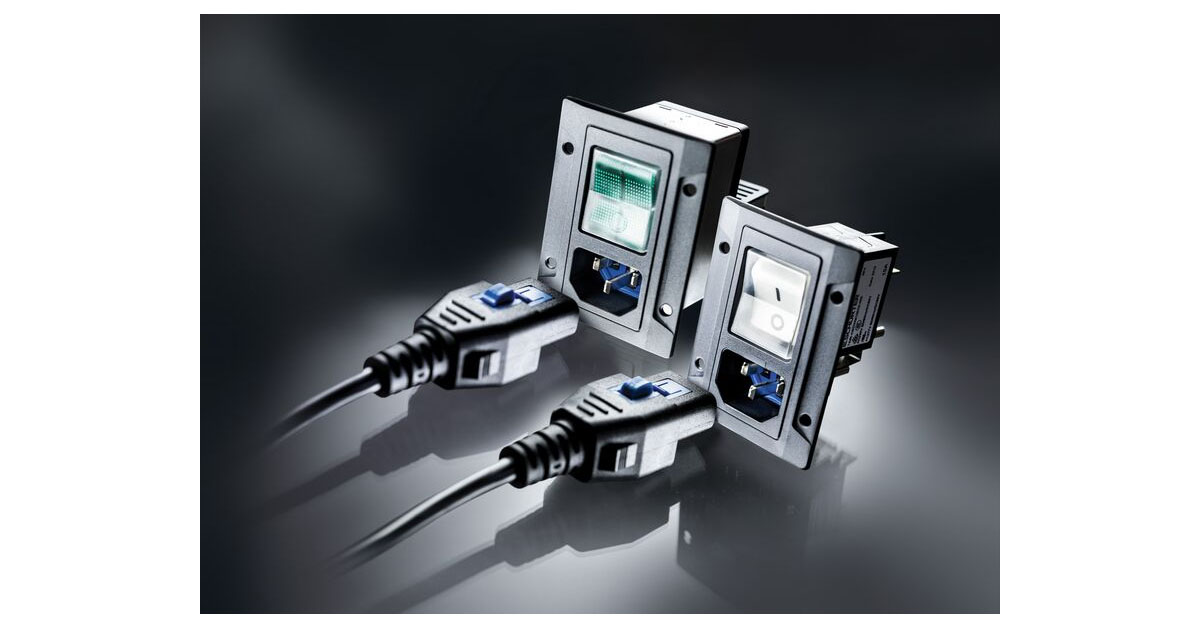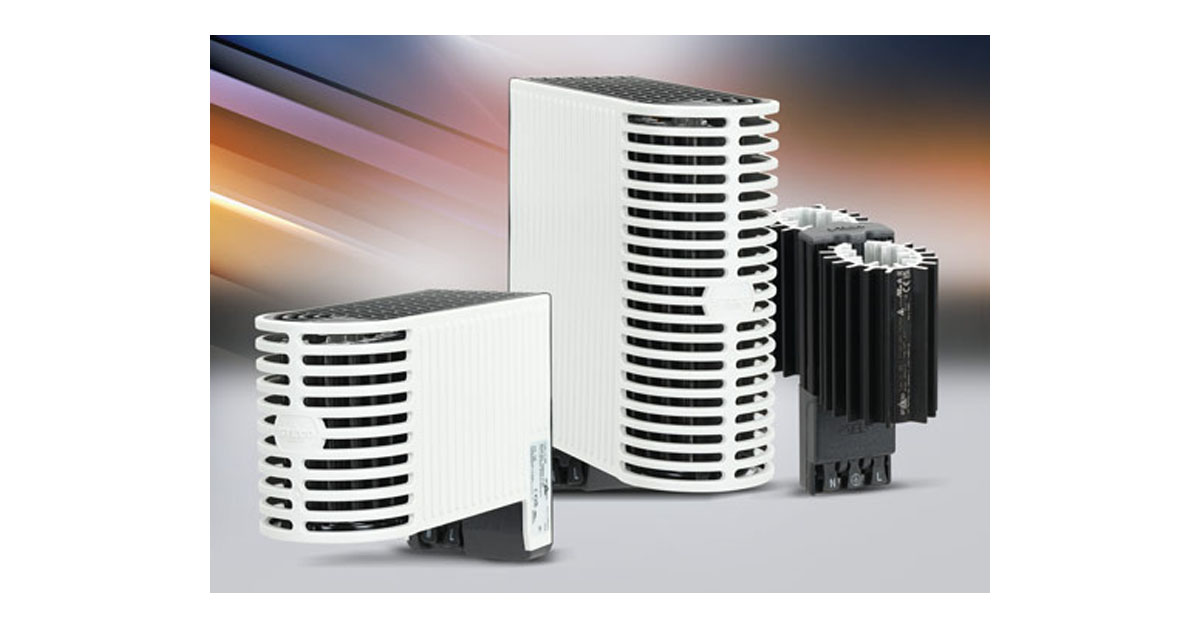Make Better Decisions Using Asset Insights

July 19, 2021
If you don’t know every last industrial asset that’s installed in your production facilities and stocked in your storerooms, you’re not alone. Over a period of decades, it’s easy to lose sight of what assets you have as those assets are replaced, parts are restocked and employees change roles.
But maintaining a complete understanding of your assets – from industrial control devices and parts, to machines and equipment – is a prerequisite to optimizing how you manage them. Whether you want to mitigate cybersecurity risks by using the latest firmware or avoid unplanned downtime by keeping spares stocked, you need an accurate and up-to-date record of your entire asset base.
Of course, creating this record can be a tall order. The sheer number of assets across your organization can make the process of identifying them a challenge all its own. Staff may also be constrained. And your asset base may be undergoing dramatic change as a result of digital transformation.
The most efficient and effective way to document your asset base is with network asset discovery tools that can query your networks and identify assets on them.
But this isn’t simply a matter of buying the first available tool. You need to consider different asset-discovery tools and methodologies, and determine which are most appropriate for what you’re trying to accomplish as an organization.
What do you need?
A tool that detects networked assets and collects information about them is preferred for manually identifying your industrial assets. It’s significantly faster, and it can give you a richer dataset about your assets.
However, a tool can’t capture everything, such as the spares in your storerooms and assets that aren’t communicating on a network. For this reason, manual collection methods must also be considered.
Additionally, not all tools are created equal. For example, IT-centric tools may give you an asset’s IP addresses but little else. These tools can fall short of giving operations teams the information they need, like an asset’s location, vendor and firmware version.
Different tools also do their jobs in different ways. Those that use active asset discovery, for instance, can interfere with production assets on a network – and even cause downtime events. Tools that use passive collection methods simply observe network traffic to determine what devices are on the network.
It’s also important to know if a tool is “agnostic.” That means it can detect any device type, from any vendor, on any communications protocol.
A baseline and beyond
Once you’ve determined what methodologies and tools are right for you, you can deploy them to get a baseline of your asset base.
Given the demands put on production staff in most facilities, it’s common to hire a service provider to help you find your asset baseline. The service provider can visit your facility and use your specified methodologies and tools to identify your assets and the critical asset data that your IT and OT teams need. And in most cases, this can all be done in just a matter of days.
It’s also important to consider how you will keep your asset baseline up to date as your operations evolve. Your installed asset base will physically change over time, such as when you add or replace devices, or commission new lines. But the assets themselves also evolve, such as with the release of product safety advisories and security patches, and as their lifecycle status changes.
Managing the asset baseline can be a responsibility allocated to staff in your facilities. But it’s also a task that service providers can take on as a managed service, where the provider combines components like domain expertise, remote connectivity, and monitoring to support your operations on an ongoing basis.
![]()

